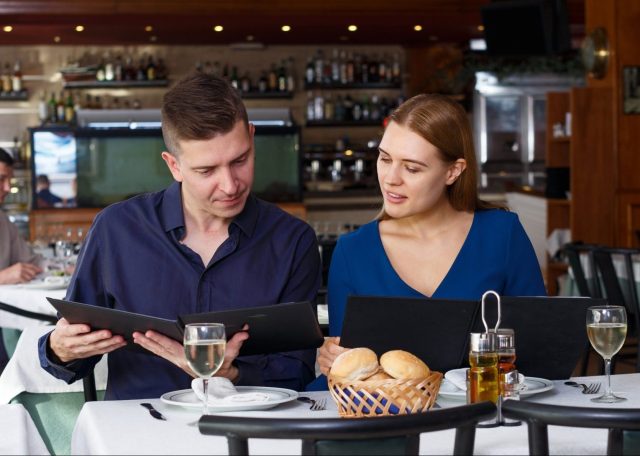Wine list divided by calories causes consternation
The wine list of US steakhouse chain Morton’s has sparked alarm on social media after it correlated the country from which a wine originates with its caloric content.

While the inclusion of calorie counts on menus is a highly divisive issue, doing so with drinks can be an even thornier affair.
The list, shared on Twitter by Mike Ratcliffe, the owner of Stellenbosch’s Vilafonté winery, ranked the wines of different nations by the supposed calories found in a 75 centilitre bottle. The figures on the page shared by Ratfcliffe ranged from 600kcals for Spanish, Portuguese and South African reds (one of which was Vilafonte’s 2019 Seriously Old Dirt), to 610kcals for Antipodean Shiraz and Cabernet Sauvignon.
South African red wines appear to be a lower calorie choice than other Southern Hemisphere red wines according to the @Mortons Steakhouse national winelist.https://t.co/XC1AUuIBqu pic.twitter.com/YiJlXXvyJR
— FarmerMike™ (@mikeratcliffe) March 19, 2023
There is some logic to the notion of geography influencing calorie count. Generally speaking, hotter climates will produce grapes with more sugar, and therefore more alcohol during fermentation, resulting in slightly more caloric wines (each gram of alcohol adds about 7kcals). Residual sugar must also be taken into account.
In a piece for specialist club and retailer The Wine Society, Caroline Gilby MW shared that whereas a 175ml glass of a 12% ABV dry wine (red or white) might clock in at 147kcals (630kcals for a bottle), the equivalent serving of a 14% ABV wine would be approzimately 175kcals (750kcals for a bottle). This suggests that the Morton’s figures may be too low across the board.
Partner Content
However, countries can contain a number of climatic zones, and are capable of producing wines in a multitude of styles that clock in at a range of ABVs, then vintage variation has to be considered. Therefore, homogenising an entire country’s viticultural output by ascribing a single caloric value to its wines can be problematic. As one reply to the original tweet stated: “So all 15 South American bottles have the exact same amount of calories?”
Though most winemakers do not publicise the calories in their products, it can be assumed, for example, that there will be some difference between the 15% ABV 2018 Montes Purple Angel and the 13% ABV 2018 Zuccardi The Amphora Project Malbec, yet the list suggests that both will be exactly 605kcals. Likewise, the Familia Torres Salmos 2017 is approximately 14% ABV, and yet is deemed by the list to be less caloric (albeit marginally) than wines of a similar alcohol content further down the list.
Wine writer Jamie Goode blasted the list’s structuring: “What a stupid idea and not based on reality”.
db has reached out to Morton’s to ascertain how it arrived at the caloric figure for each country.
Perhaps, calories should be scrubbed from wine lists altogether, as one commenter expressed it: “Can’t decide which is more bizarre – the notion that calories would be uniform by nation, or the notion that their target customer is worried about calories on a Morton’s occasion.”
Morton’s is not the first steakhouse wine list to spark debate on social media – the unconventional nature of that of Flat Iron, in London, also attracted attention.
Related reading: What are the lowest-calorie alcoholic drinks?
Related news
Wine List of Week: The Ragged Robin




